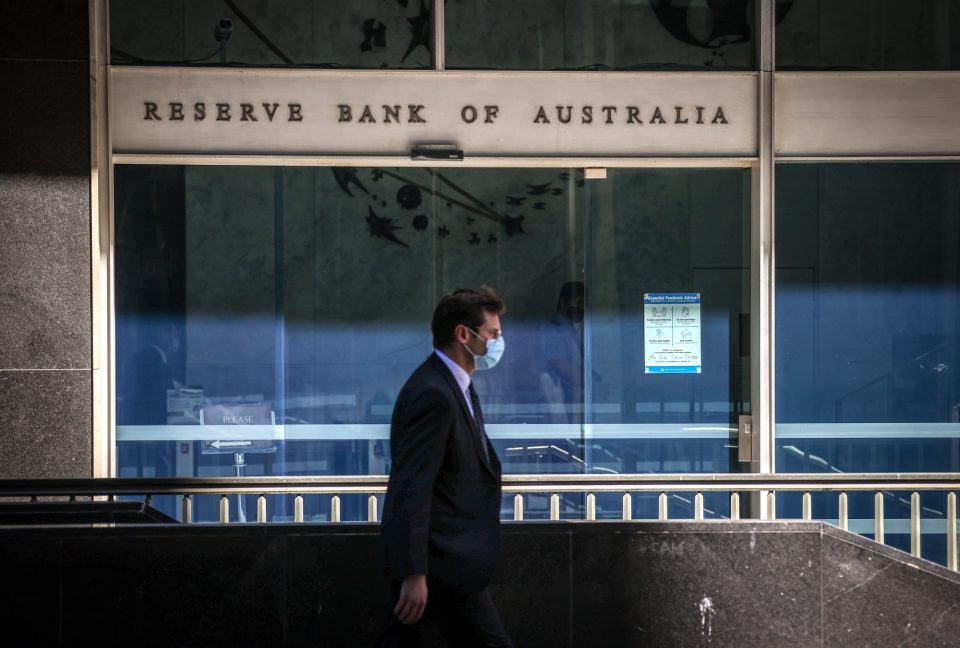On Tuesday, the Reserve Bank of Australia (RBA) raised interest rates for the 12th time in just over a year, warning that inflation is still too high in the country and could hurt households and businesses. More policy tightening may still be in order this year.
The RBA has decided to raise its cash target rate by 25 basis points (bps) to 4.10%. This marks the second consecutive hike following an unexpected raise in May, bringing interest rates above 4% for the first time in nearly 12 years.
Recent data showing unexpected growth in Australian consumer inflation in April prompted the decision to raise rates. Inflation figures returned to 30-year peaks, driven by persistently high housing and fuel prices. Although April’s reading of 6.8% is below the peak of over 8%, it remains well above the RBA’s annual target range of 2% to 3%.
RBA Governor Philip Lowe acknowledged that inflation is still too high and expressed concerns about the potential economic damage caused by high prices. He stated that while goods price inflation slows, services price inflation remains very high. The RBA warned that additional tightening of monetary policy may be necessary to bring inflation back within its target range.
Each 25 basis point increase in variable rates raises monthly mortgage payments by approximately $15 for each $100,000 borrowed. Since the RBA began raising rates in May of the previous year, the total increase of 400 basis points has resulted in mortgage payments rising by $1134 for those with a typical $500,000, 25-year owner-occupier loan.
Higher interest rates make the currency more attractive to investors. The Australian dollar reacted positively to the rate hike rising 0.8%, while stocks experienced a decline, with the ASX200 benchmark index down 1.2%.
 Live
Live

